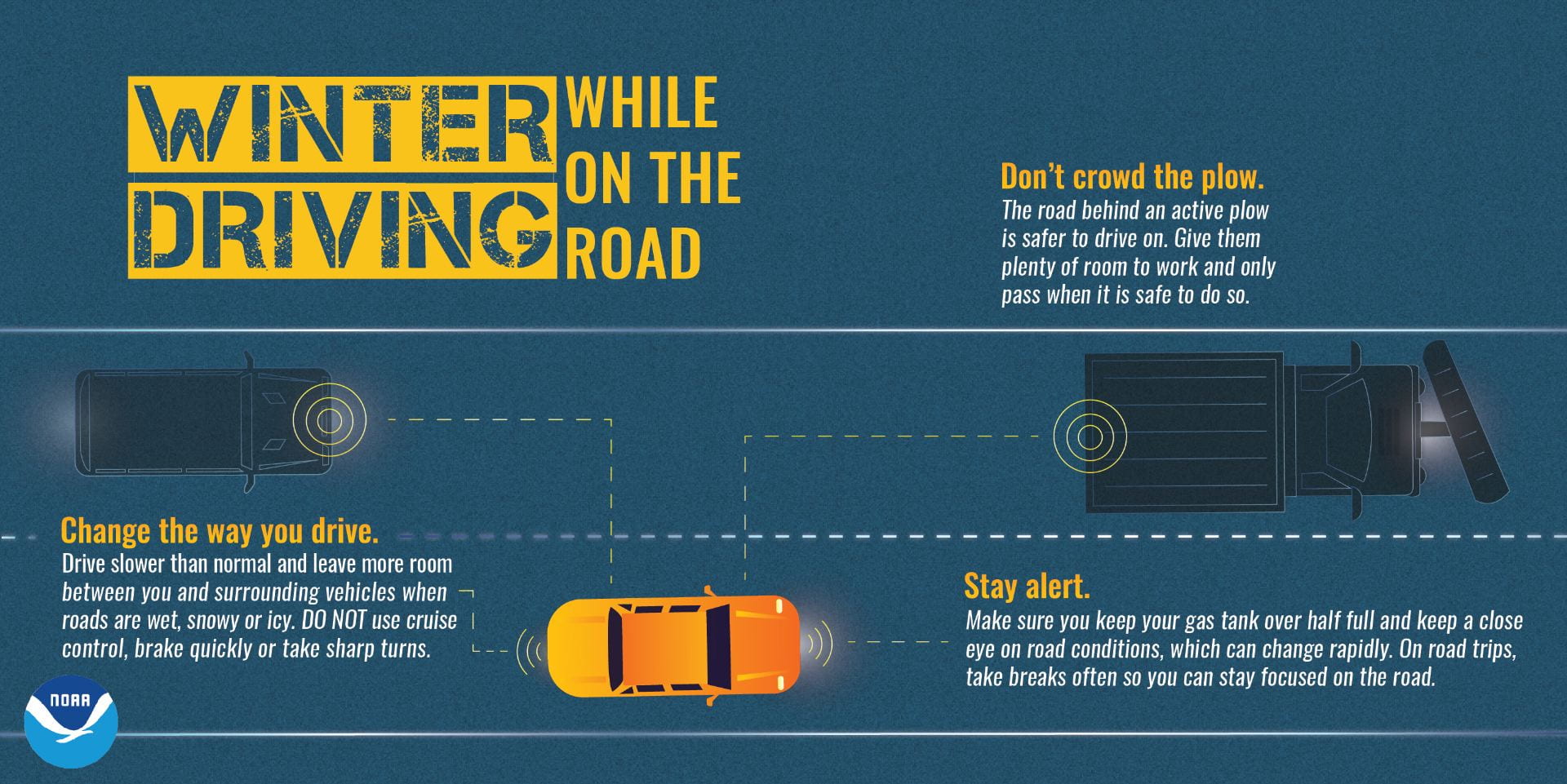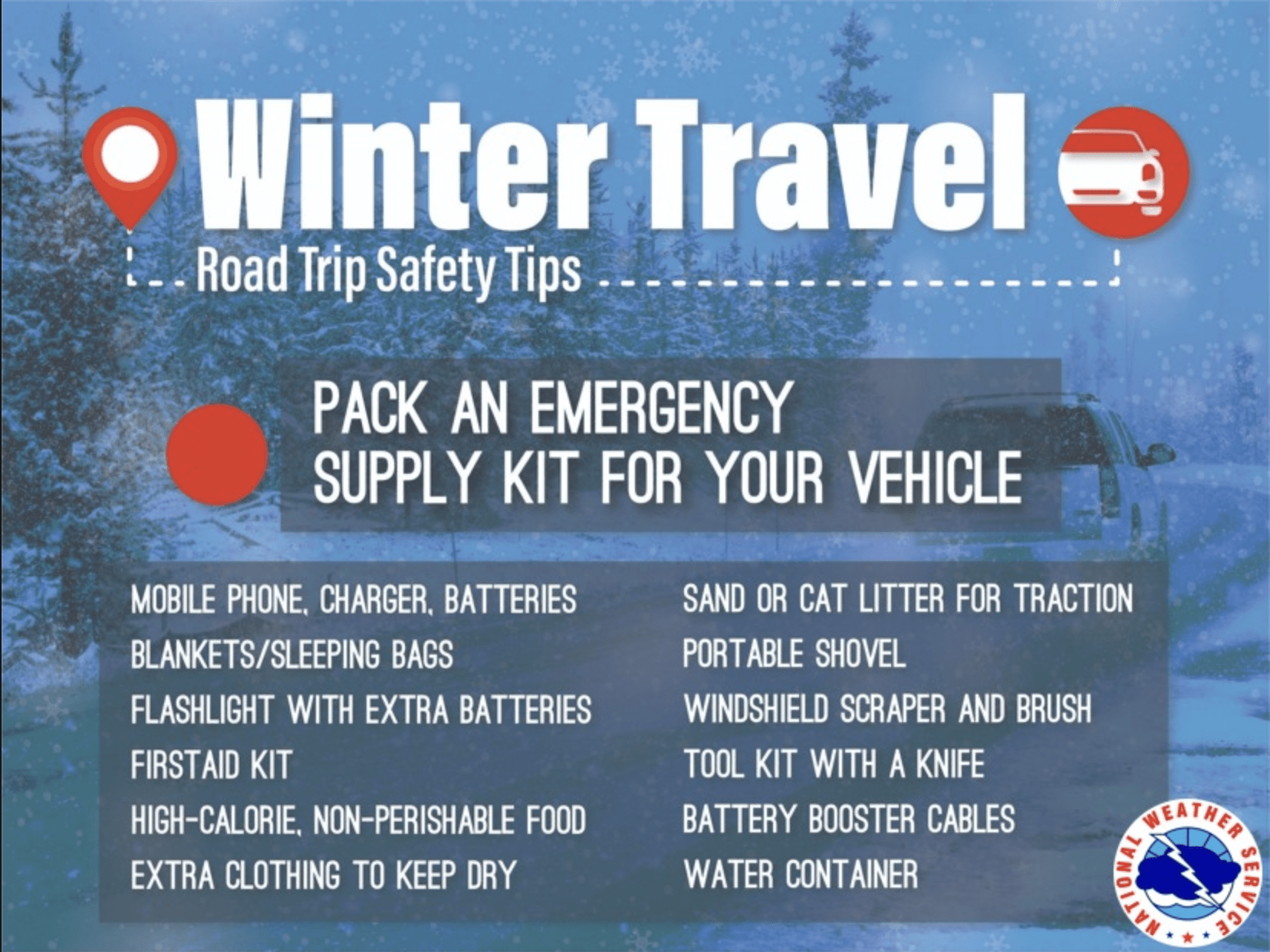It’s almost time to breathe a big sigh of relief with the completion of finals and the fall semester, but it is not time to let down your guard.
According to area law enforcement agencies, areas with high densities of student housing are often targeted by criminals during breaks in the academic calendar because a majority of residents are out of town.
Regardless of where you might be spending winter break, please be vigilant and aware of your surroundings. Kansas State University Police and Riley County Police Department share these safety tips:
Residential safety
- Keep doors and windows closed and locked.
- Install good quality locks on doors and windows. Deadbolt door locks are always best.
- Sliding glass patio doors are frequent points of entry for burglars. They should always be reinforced by wedging a stick or pole firmly in the lower track behind the door.
- Unplug your automatic overhead garage door opener when leaving for an extended period of time.
- Install peepholes in doors.
- Keep shrubbery trimmed so doors and windows are not obscured.
- Ask reliable neighbors to watch your residence when you are away. Keep newspapers, handbills, and mail picked-up while you are gone.
- Keep valuables well hidden especially checkbooks and extra checks. Record and safely store serial numbers from valuable items, such as electronics and firearms.
- Keep premises well lit at night.
- Never let strangers into your home, not even to use the phone.
- Never give information indicating when you will or will not be at home to those you don’t know or through social media.
- Never let strangers know if you live alone.
- If you are gone overnight, use automatic timers on interior lights to give the appearance that the residence is occupied.
Personal safety
- Be aware of your surroundings.
- Never open your door to strangers; require ID of service or repair people.
- Plan several escape routes from your home.
- Park in well-lit areas and lock your vehicle.
- If you come home and something looks wrong or different — do not enter, go to a safe place and call police.
- Keep money in a pocket instead of a purse or wallet.
- Portray a confident and self-reliant person, walk like you have a mission.
- Do not walk or jog alone at night.
- If someone makes you feel uncomfortable or the situation just does not seem right, trust your instincts and leave.
- Avoid excessive alcohol consumption.
- If you are attacked or robbed, or you witness violence, be a good witness and contact the police immediately.
- Immediately report anyone seen watching people or acting suspicious.

